How to Reduce Trichome Loss During the Trimming Process
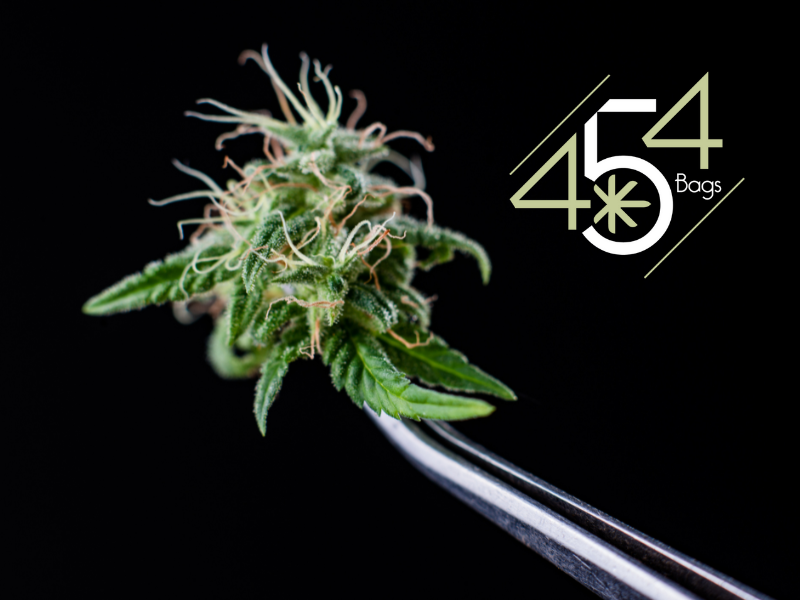
Trichomes are the lifeblood of high-quality cannabis, containing the cannabinoids, terpenes, and flavonoids that define potency, flavor, and effects. However, during trimming, many growers unknowingly lose a significant amount of trichomes, reducing the flower’s overall quality.
Whether you're a commercial cultivator or a craft grower, reducing trichome loss is essential for maintaining top-tier product integrity. In this guide, we’ll break down best practices for preserving trichomes, from handling techniques to proper trimming environments.

1. Why Preserving Trichomes Matters
Trichomes are the sticky, crystal-like structures on cannabis buds and leaves. These structures contain:
🔹 THCA & Other Cannabinoids – The compounds responsible for the plant’s potency.
🔹 Terpenes – The flavor and aroma molecules that define strain profiles.
🔹 Flavonoids – Contribute to color, taste, and overall effects.
When trichomes break off, the flower loses its potency, flavor, and therapeutic value. The goal is to trim efficiently while minimizing damage to these delicate resin glands.
2. Wet vs. Dry Trimming: Which Preserves More Trichomes?
One of the biggest debates in cannabis processing is whether wet or dry trimming preserves more trichomes. Each method has advantages and drawbacks:
💧 Wet Trimming (Trimming Immediately After Harvest)
✅ Easier to cut through fresh leaves without knocking off brittle trichomes.
✅ Leaves are less likely to curl, allowing for a cleaner trim.
🚫 However, sticky resin can build up quickly on scissors, leading to trichome loss from frequent blade wiping.
🍂 Dry Trimming (Trimming After Drying)
✅ Trichomes firm up during drying, reducing the risk of resin smearing on scissors.
✅ Less moisture exposure, which reduces mold risk and extends shelf life.
🚫 However, dry cannabis is more fragile, making trichomes easier to knock off.
🔹 Best Practice: If trichome preservation is your top priority, dry trimming in a controlled environment generally reduces resin loss. However, proper handling is crucial to prevent brittle trichomes from breaking off.

3. Temperature & Humidity Control for Maximum Trichome Retention
Environmental factors play a huge role in trichome stability. High heat and dry air can make trichomes brittle, while excessive moisture can increase resin stickiness, leading to loss during handling.
✅ Ideal Trimming Conditions:
🌡 Temperature: 60-65°F (15-18°C)
💧 Humidity: 50-60% RH
Why This Works:
✔ Prevents trichomes from becoming too brittle and falling off.
✔ Reduces excess moisture buildup, preventing resin smearing on tools.
✔ Keeps the flower easy to handle without excessive stickiness.
🔹 Pro Tip: Use a dehumidifier or humidifier to fine-tune conditions inside your trim room.
4. The Right Trimming Tools for Trichome Retention
Using the wrong tools can cause unnecessary trichome loss. Here’s what you should use for efficient and delicate trimming:
🔧 Sharp, Non-Stick Scissors – High-quality trimmers reduce resin buildup, meaning fewer wipes and less lost trichomes.
🛡 Powder-Free Nitrile Gloves – Prevent trichomes from sticking to hands. Avoid latex gloves, which can strip away resin.
🌿 Trim Trays with Kief Screens – Catch falling trichomes so you can collect them later.
📏 Gentle Handling – Avoid pressing too hard on buds when snipping sugar leaves.
🔹 Pro Tip: Keep multiple pairs of scissors on rotation—swap them out when sticky, and clean them with 99% isopropyl alcohol to avoid excessive trichome loss from wiping.
5. Handling Buds Properly to Prevent Trichome Damage
One of the biggest mistakes trimmers make is overhandling buds. Every time you squeeze, roll, or drop a bud, you risk knocking off valuable resin glands.
✅ Best Handling Practices:
✔ Hold buds by the stem, not the flower – This avoids crushing delicate trichomes.
✔ Use trimming scissors instead of fingers – Touching buds with bare hands transfers oils and moisture, damaging trichomes.
✔ Rotate the flower gently – Sudden movements can shake off trichomes.
🔹 Pro Tip: Use a trim tray with a kief screen to catch loose trichomes—this ensures you can reclaim them for hash or pre-rolls instead of wasting them.

6. How to Minimize Trichome Loss When Cleaning Scissors
Scissors get sticky fast, and constant cleaning can strip away trichomes. Here’s how to clean efficiently without excessive resin loss:
🔸 Use multiple pairs of scissors – Rotate clean ones in while dirty ones soak in alcohol.
🔸 Wipe blades with a kief brush instead of alcohol – This helps collect trichomes instead of dissolving them.
🔸 Scrape resin buildup – Instead of wiping, use a razor blade to scrape off scissor hash for later use.
🔹 Pro Tip: Store your scissor hash and press it into rosin or add it to pre-rolls instead of letting it go to waste.
7. Storage Matters: How to Protect Trichomes After Trimming
Even after trimming, poor storage can ruin trichomes. The right curing and storage methods will help maintain potency and freshness:
✅ Use Glass Jars or Grove Bags – Airtight containers protect trichomes from oxygen and light.
✅ Store in a Cool, Dark Place – Light and heat degrade cannabinoids over time.
✅ Use Humidity Packs (58-62% RH) – Prevents overdrying while keeping buds fresh.
✅ Avoid Plastic Bags – Trichomes stick to plastic, leading to resin loss.
🔹 Pro Tip: If storing large amounts of cannabis, vacuum sealing is better than plastic containers—it reduces oxygen exposure without crushing trichomes.
Final Thoughts: Protecting Trichomes for Higher-Quality Buds
Preserving trichomes is crucial for maintaining potency, aroma, and overall quality. Whether you’re trimming for personal use or a large-scale commercial grow, following these best practices ensures you retain as much resin as possible.
🚀 Key Takeaways:
✔ Choose wet or dry trimming based on your workflow—both have pros & cons.
✔ Control humidity & temperature in your trim room to prevent trichome loss.
✔ Use non-stick scissors, trim trays, and kief screens to collect resin.
✔ Minimize bud handling—hold stems, not flowers, to preserve trichomes.
✔ Proper storage & curing ensure long-term trichome protection.
💡 Want to maximize quality and efficiency? Stock up on high-end trimming supplies, gloves, and bulk storage solutions at 454 Bags!
No comments


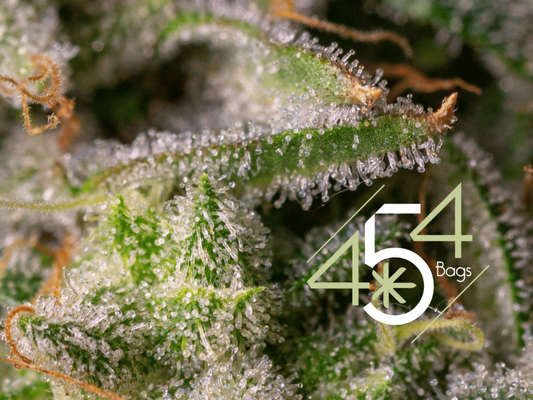
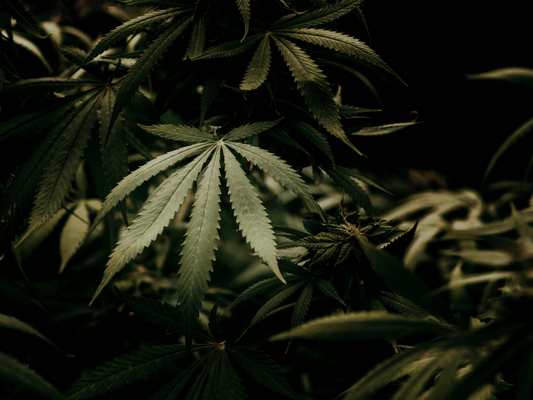
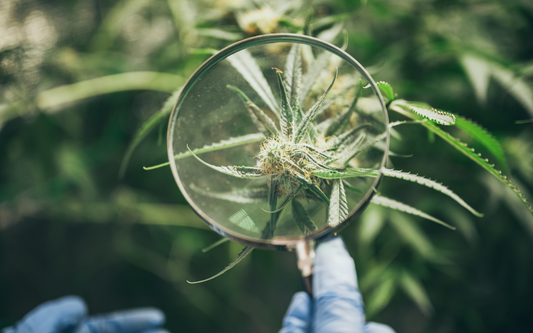
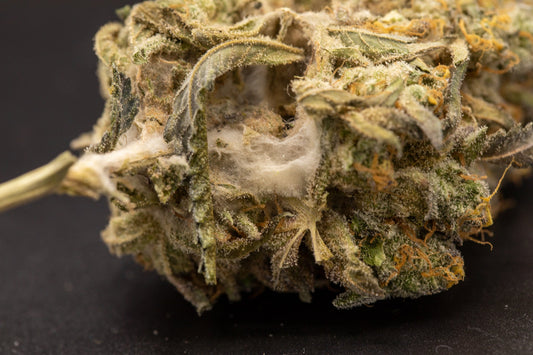


0 comments